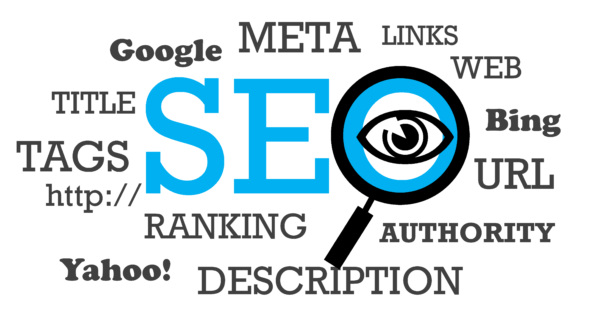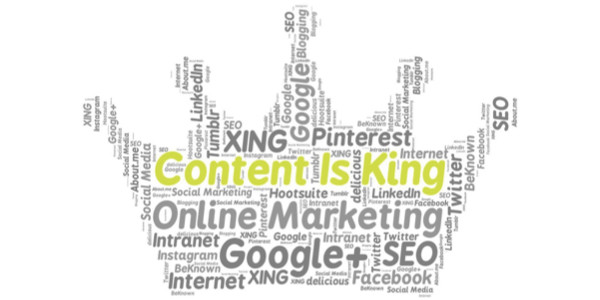
A Bad Product Might Be Easier to Advertise
In our blog last week, we talked about the future of integration of emotional response into advertising. This got us thinking about Cost Per Click vs. Impressions and how to decide what is best for your business or product.
As we examined this thought experiment, we realized that in some instances it might be easier to get more eyeballs on a bad product than a good one when it comes to digital marketing.
Consequently, it also put The Producers’ quote “You can make more money with a flop than with a hit!” in our minds but that is not quite the purpose of this thought experiment.
So let’s start with two products, A and B. A is the next big thing, the thing that everyone is going to want to buy and B is a product that while still alright, is not going to be flying off the shelves as much. Let’s assume people that know about the product will indeed buy it.
The follow hypothetical numbers are going to be very rounded 10’s just to make the illustration easier to see.
Now let’s assume both products have $100 to spend on advertising and both will be sold on a Pay-Per-Click service that only charges every time the advertising is clicked on and has no aspect of paying per every thousand impressions (CPM). In this experiment, let us lock in the bid to $1 per click and assume that the adverts completely spend their entire budget. This means that at the end, 100 people have clicked through on both advertisements.
Now here is where it gets interesting. Let’s say the great product, A, has a click through rate of 10% while product B has a click through rate of 1%. This means that product A, the great product, was shown to 1,000 people before its entire budget was used by the number of click through. Product B, on the other hand, was shown to 10,000 people before it successfully utilized its budget. Obviously, this doesn’t have any bearing on how many sales conversations there are for either product.
Now does this mean that product B is going to sell better? Of course not. What it does mean is that there will be larger brand/product awareness for product B than for A.
At the end of the day, if product B isn’t “good” then it won’t sell. However, if it is a trusted brand/awareness issue that is the cause of the low click through rate, then this might be a great way of keeping the business or product in sight to build that awareness and trust.
On the other end of the spectrum, there is a certain point with a desirable product like product A where it becomes more beneficial to simply pay for impressions rather than clicks. It’s an interesting notion that is constantly evolving as the bidding strategies continually change.
It takes constant vigilance and on the fly changes to make the most of your marketing budget and sometimes you can indeed get the biggest bang for your buck from an unconventional method.







